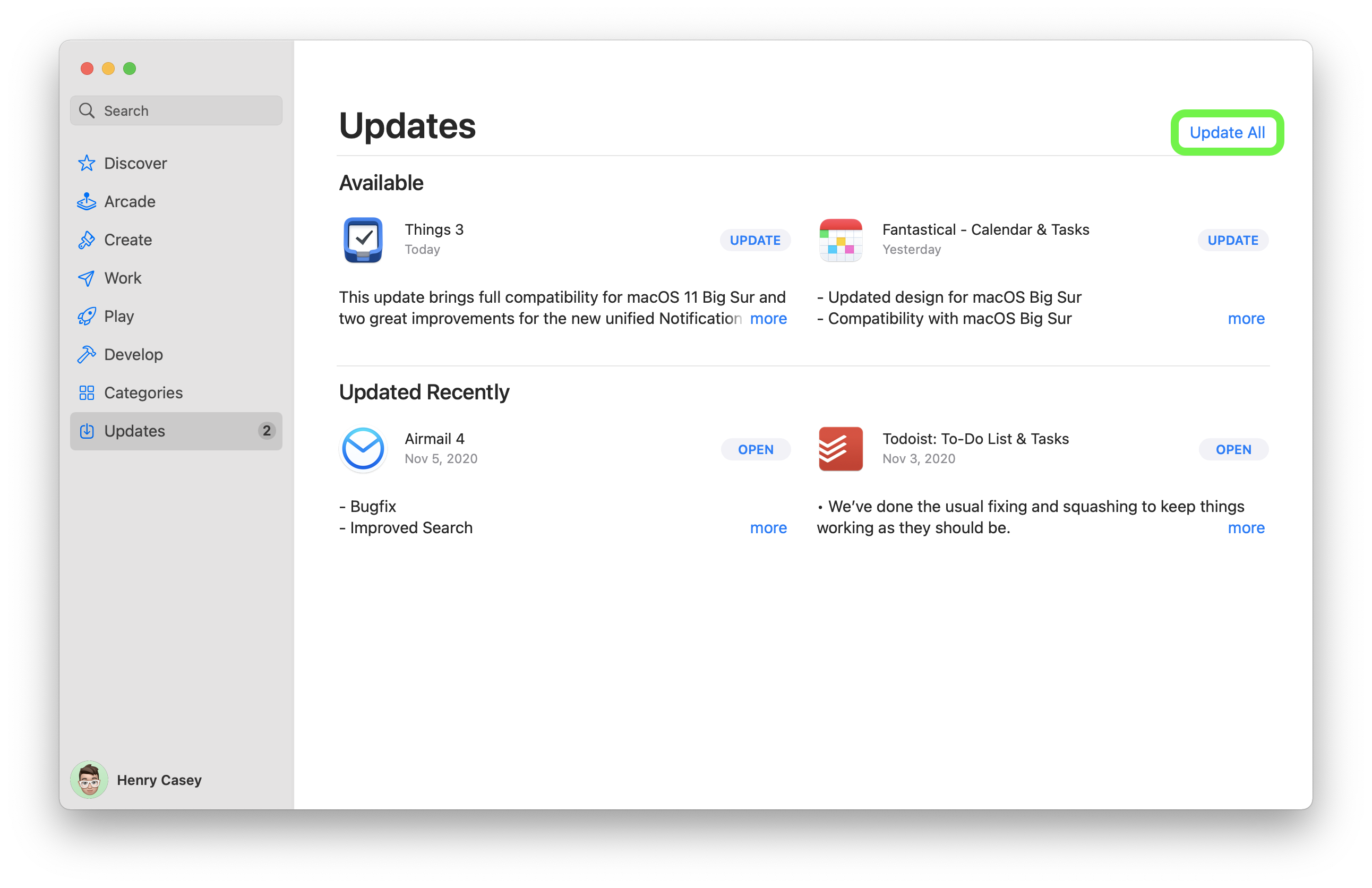


As noted above, some app developers may warn you that their apps do not support Big Sur yet, so you might not want to update. Go through your third-party apps, and make sure they're all up to date - visit their websites and look for any notes about Big Sur compatibility. The best thing to do when updating to a new OS is to make sure your third-party apps are also updated to support it. With those three keys held down, press and hold the power button.Hold down the following keys: Control, Option and left Shift.
#New macos big sur problems how to#
Here's how to reset SMC on earlier Mac laptops: After holding those buttons down for 7 seconds, press and hold the power button.If it cannot be fixed with a new update, a user. Hold down the following keys: Control, Option and right Shift. Since the bug prevents the operating system from being updated, it could be difficult for Apple to patch it.Here's how to do it on a Mac with a T2 security chip (iMacs from 2020 on, iMac Pro, 2019 Mac Pro, 2018 Mac mini, MacBook Air and Pro from 2018 and later): Resetting your Mac's system management controller (SMC) may also help.
#New macos big sur problems install#
Reboot into safe mode may also help you install macOS as it's known to fix the "gateway timed out" or "bad gateway" errors.

If you've got a "Setting Up Your Mac" window that just won't go away, our sister site TechRadar (opens in new tab) advises it's OK to just force a restart of your Mac - as the installation is complete. You can, instead, download macOS Big Sur from the Mac App Store (opens in new tab). If something's going wonky in Apple's download servers, you could see proof of it here.Īnd while most will download macOS Big Sur from System Preferences, there's another way that may in fact work better, if you're having trouble with that download process. Check the Apple System Status (opens in new tab) page. Still having problems? On release day, Big Sur installation failure reports were seemingly widespread, as 9to5Mac (opens in new tab) reported.


 0 kommentar(er)
0 kommentar(er)
